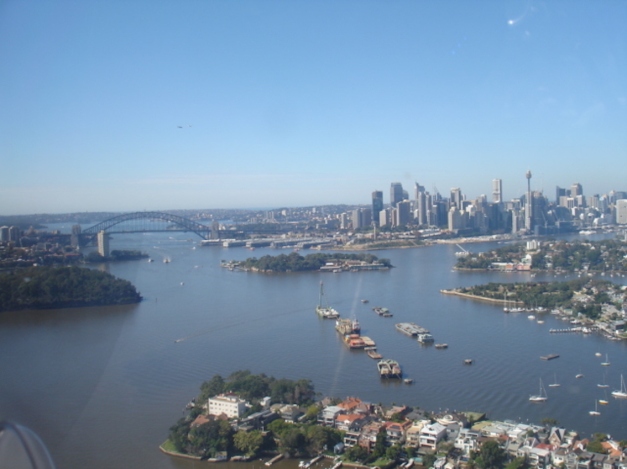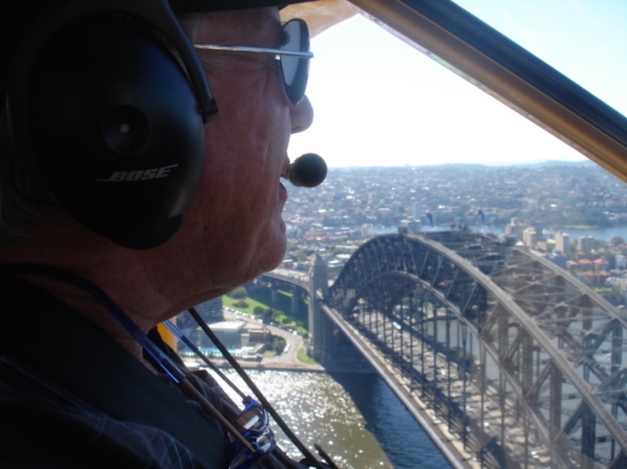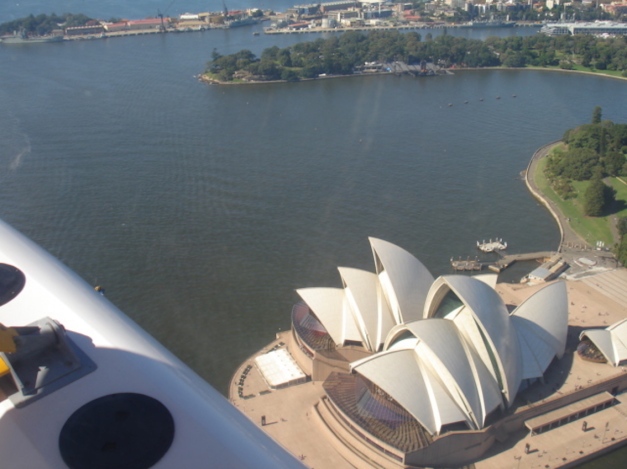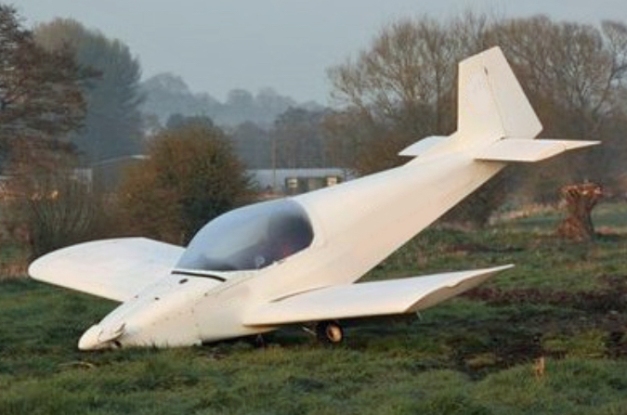 Probably the single most important factor in choosing an aircraft is safety – and it’s usually the most overlooked and under-rated aspect of an LSA.
Probably the single most important factor in choosing an aircraft is safety – and it’s usually the most overlooked and under-rated aspect of an LSA.
I remember (old geezer that I am) when motor car companies said that ‘safety doesn’t sell cars’ and they concentrated on looks, acceleration, top speed, road holding, even comfort. Volvo was just about the only company selling safety in their vehicles and as a result gained a reputation as a safety conscious, old people’s car, which has taken years to shake off. If they ever have.
Nowadays, all car manufacturers – not just Volvo – tell you how crash-resistant their vehicles are, how many airbags they have, how anti-skid the brakes and steering are. They have things like traction control and other electronic devices to get you out of the trouble your excess speed or other stupid behaviour just got you into.
So, what about Light Sport Aircraft safety? There are two main aspects to consider: primary and secondary safety. ‘Primary’ refers to the way the aircraft is designed to reduce the likelihood of an incident or accident happening in the first place. ‘Secondary’ refers to the aspects of the aircraft which reduce the effects of an incident or accident.
Aircraft primary safety can broadly be grouped into ground handling, take-off, stalling & spinning, and landing.
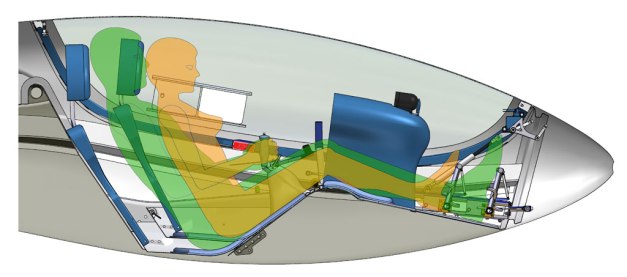 But first – ergonomics
But first – ergonomics
Ergonomics are a good place to start, because if they are wrong for you, it doesn’t really matter about the rest. Start with something completely counter-intuitive: how quick and easy is it to exit in an emergency like an engine fire? How easy is it to release the safety belt, open the door and hop out? Think: can I comfortably sit here for 2-3 hours and fly the aircraft? Are you cramped with a passenger on board? Can you still easily operate the controls to their limits with someone else next to you? If reaching a control, adjusting an instrument or even just looking outside the aircraft are a chore, these activities will soon be minimised and put in the ‘can’t be bothered’ basket and as a result, your safety will be compromised.
On the ground
Next, on the ground: how well does the aircraft steer and brake? It is well known that taildraggers are trickier to steer and brake than nose-draggers. But less well known is that some nose wheel aircraft can be a bit of a handful too.
Whereas most taildraggers steer via feet-operated differential main wheel brakes with castering (and sometimes steerable) tailwheels, most modern nose wheel aircraft steer more directly through rudder pedal couplings to the nose leg. This has the advantage of more directional control when the wheel is on the ground. But a potential disadvantage when landing in crosswinds, as the nose wheel may not be pointing in your direction of travel when it touches down.  This can lead to bent or even collapsed nose legs. So some aircraft designers have stuck with (or even reverted to) castering nose wheels, steered by main wheel differential braking – either by feet or hands. This gives slightly trickier ground handling especially when it’s windy but reduces the chances of bent gear when landing cross wind. Castering nose wheels usually have a smaller turning circle than direct steering, a particular advantage when back-tracking and turning on narrow runways. There are advocates of both systems – try both and take your choice.
This can lead to bent or even collapsed nose legs. So some aircraft designers have stuck with (or even reverted to) castering nose wheels, steered by main wheel differential braking – either by feet or hands. This gives slightly trickier ground handling especially when it’s windy but reduces the chances of bent gear when landing cross wind. Castering nose wheels usually have a smaller turning circle than direct steering, a particular advantage when back-tracking and turning on narrow runways. There are advocates of both systems – try both and take your choice.
In the air
First, take-off. When applying power for take-off, all single engined aircraft pull to one side due to the combined effects of gyroscopic forces from the engine and propeller and sometimes the spiralling airflow over the tail. Some aircraft have the engine offset so that it points to one side or the other to help minimise the pull – which can look a bit odd from some angles. Correcting the pull should be easy, through application of opposite rudder. However, some aircraft have a much stronger tendency to swing than others. Check out this effect and make sure it is controllable – particularly (eg) if the engine pulls to the left and the wind is blowing from the left, both of which will conspire to turn you off the runway if you don’t take prompt corrective action.
Stalling
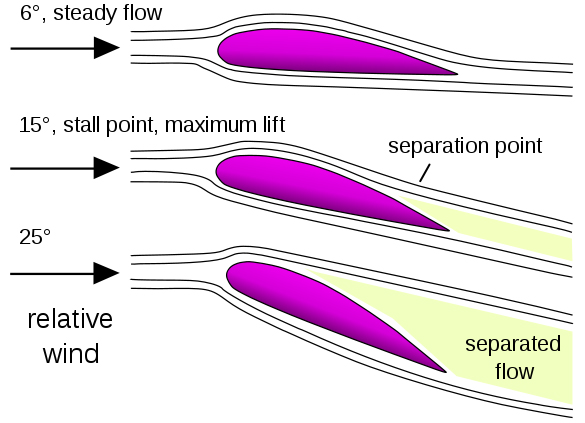 What about the stalling characteristics? Most LSAs stall very benignly, the nose goes down gently and rarely does a wing drop – something caused when one wing loses lift before the other, for a variety of reasons, but usually because the aircraft is being flown out of balance, with the slip ball not centred. Stalling with a wing drop is most dangerous when making that low-level turn onto final approach before landing. There are a few aircraft which can bite unexpectedly when stalled – if you are an experienced pilot and aware of what’s happening, prompt action can save you. But if the characteristic is particularly vicious and/or you are a low-time pilot, the chances are you won’t survive a finals turn stall with a wing drop. Check this aspect of the aircraft with someone familiar with the type and maybe even ask an instructor to take you up high and try stalling in turns.
What about the stalling characteristics? Most LSAs stall very benignly, the nose goes down gently and rarely does a wing drop – something caused when one wing loses lift before the other, for a variety of reasons, but usually because the aircraft is being flown out of balance, with the slip ball not centred. Stalling with a wing drop is most dangerous when making that low-level turn onto final approach before landing. There are a few aircraft which can bite unexpectedly when stalled – if you are an experienced pilot and aware of what’s happening, prompt action can save you. But if the characteristic is particularly vicious and/or you are a low-time pilot, the chances are you won’t survive a finals turn stall with a wing drop. Check this aspect of the aircraft with someone familiar with the type and maybe even ask an instructor to take you up high and try stalling in turns.
Now look at the relationship between stall speed and flap limiting speed. I know of at least one LSA where the stall speed without flap is less than 10 knots below the flap limiting speed. Think about it: you’re coming in to land and you can’t lower flap (eg) until 55 knots. Your stall speed without flap is 45 knots. So you don’t have much margin of speed in which to get the flaps down. Personally, I’d want an aircraft where the ‘clean’ stall speed is at least 40-50 knots below the flap limiting speed.
Spinning
Spinning is really just a stall with maintained wing drop. When I learned to fly, spin recovery was on the syllabus. The aircraft I started to learn on was a Piper Colt, which was difficult to spin – the best you could get out of it was really a spiral dive. To make sure we knew how to recover properly from a spin, we were all taken up in a Beagle Terrier – an excitable little aircraft whose bite was far worse than its bark! Nowadays you aren’t allowed intentionally to spin an LSA and spin recovery training has been replaced with ‘incipient spin’ recognition. Because unintentional spins almost always happen when the pilot’s attention is absorbed with something else, I personally believe spin recovery should be taught as part of basic training, even though most (but not all) LSAs are spin-resistant. At least you will learn instinctively to apply opposite rudder to stop the spin and then raise the nose and apply power. Check out how easy it is to spin your preferred LSA – the manufacturer is required to have carried out spin testing as part of the ASTM certification programme.
Landing
Approach speeds vary a lot with LSAs. Some require at least 65-70 knots down final, others as little as 40 knots. The faster the landing speed, the more wear and tear on the aircraft and the faster things happen if they go wrong. So in the same way you wouldn’t get into a Ferrari to learn to drive, so you shouldn’t get into a fast aircraft to learn to fly! Build your skills in slower gentler aircraft before taking on the trickier ones. And anyway, you might find you like going slow!
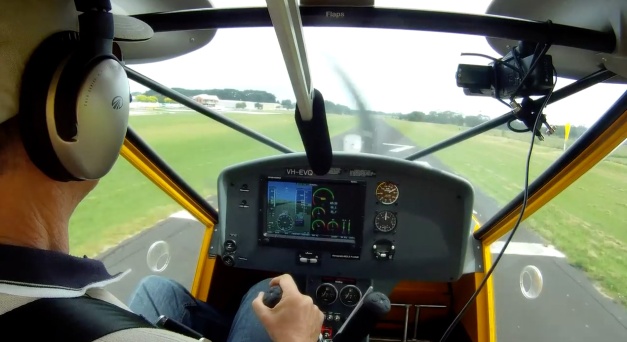 When assessing the aircraft’s landing characteristics, it’s important to check the correct approach speed – take it up to 3,000 feet AGL and try a few stalls. Note the indicated stall speed. Your approach speed for a low inertia aircraft like an LSA should be around 150% of that speed – much faster and you’ll float all the way down the runway; much slower and you risk a low-level stall. For example, the Foxbat indicated stall speed in landing configuration at maximum weight is in the low 30’s knots; approach speed therefore should ideally be around 50 knots. The factory manual actually says 49 knots. With one person and half fuel, stall in the Foxbat is around 26-27 knots – so approach speed can safely be reduced to 40-45 knots.
When assessing the aircraft’s landing characteristics, it’s important to check the correct approach speed – take it up to 3,000 feet AGL and try a few stalls. Note the indicated stall speed. Your approach speed for a low inertia aircraft like an LSA should be around 150% of that speed – much faster and you’ll float all the way down the runway; much slower and you risk a low-level stall. For example, the Foxbat indicated stall speed in landing configuration at maximum weight is in the low 30’s knots; approach speed therefore should ideally be around 50 knots. The factory manual actually says 49 knots. With one person and half fuel, stall in the Foxbat is around 26-27 knots – so approach speed can safely be reduced to 40-45 knots.
When landing, also look out for elevator authority. At least one LSA ‘runs out’ of elevator at landing speeds only slightly slower than its pilot manual advises. This can lead, at best, to a heavy landing; at worst to broken landing gear, because you can’t arrest the downward momentum without applying quite a lot of power. Usually, the reason the elevator loses its bite at slower speeds is because its travel has been limited so as to minimise the effects of inadvertent stalls – the downside is the loss of elevator authority when landing slowly.
In summary
Ground handling and flight characteristics of all aircraft are a compromise, based on what the designer/manufacturer is trying to achieve. Undoubtedly, current LSAs are among the safest handling aircraft available – after all, they mostly incorporate the latest computer-aided design techniques, they stall gently and are spin-resistant. But there are still a few mongrels among them.
Opinion about ‘pleasant’ and ‘unpleasant’ handling aircraft will always be divided so don’t rely on someone else’s personal preferences. Out there is an aircraft for you – fly as many different types as you can, if possible for at least an hour each. That way, you’ll begin to get the feel of the primary safety characteristics you like.
Next – secondary safety.
 Aeroprakt has announced the release of a brand new aircraft in its range – the A32.
Aeroprakt has announced the release of a brand new aircraft in its range – the A32.

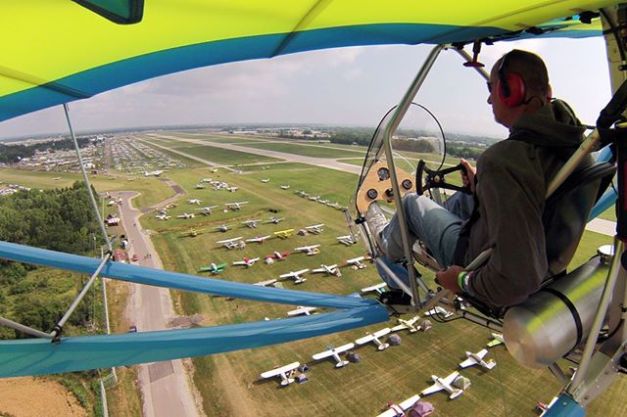
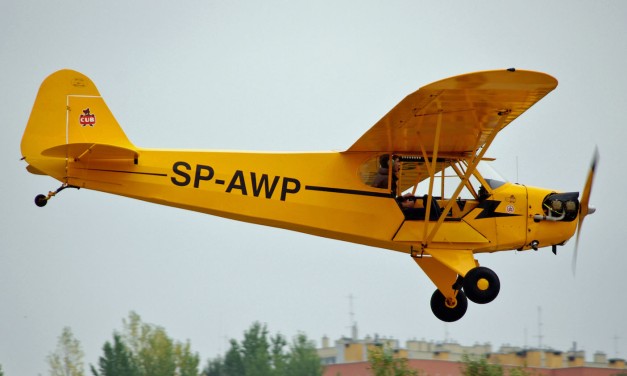
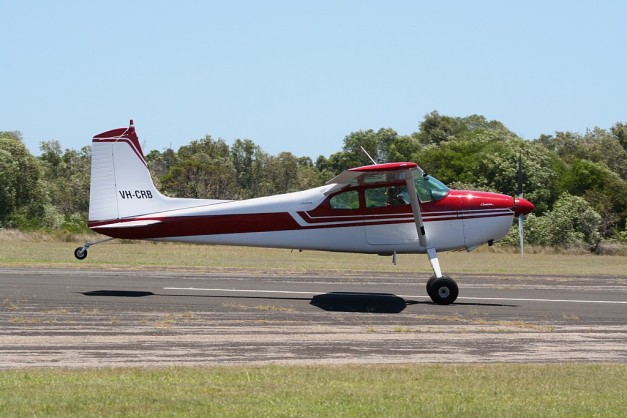
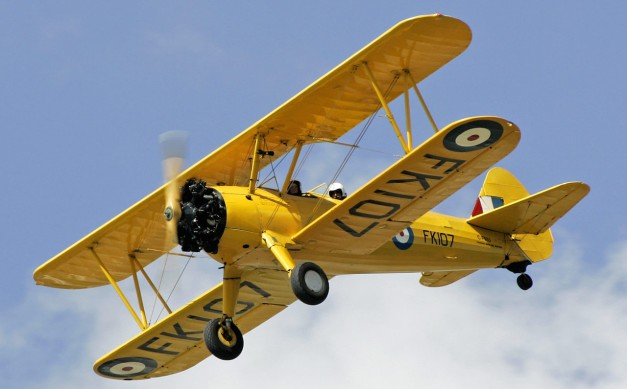
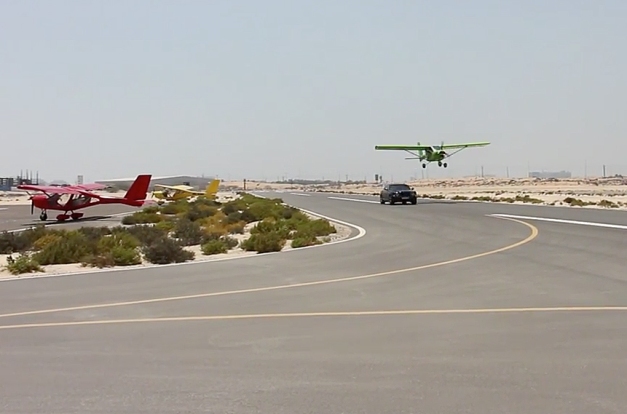
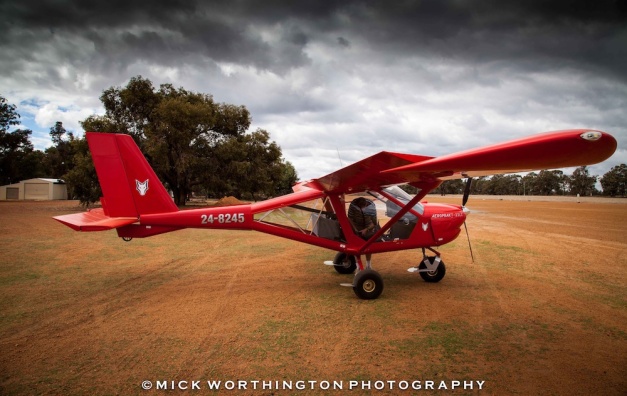
 When customers ask me about the Foxbat, the question I hear most is not ‘How fast?’, ‘How far?’ or ‘How much?’ but ‘What makes your Foxbat better than any other (or sometimes a specific) recreational/light sport aircraft?’ While I understand the reason for asking the question, it’s a bit like asking which is better: a pick-up/ute, a sports car or a sedan.
When customers ask me about the Foxbat, the question I hear most is not ‘How fast?’, ‘How far?’ or ‘How much?’ but ‘What makes your Foxbat better than any other (or sometimes a specific) recreational/light sport aircraft?’ While I understand the reason for asking the question, it’s a bit like asking which is better: a pick-up/ute, a sports car or a sedan.
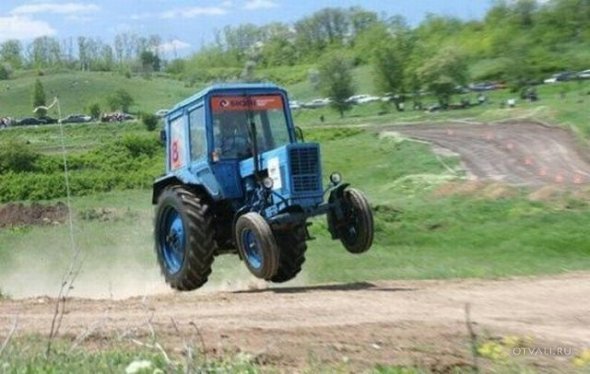 For example – a farmer/landowner wants a strong landing gear and good safe slow speed handling so they can take-off and land in small spaces on unprepared paddocks. Outright top speed is likely not a key decider. The aircraft needs to be robust and reliable, because it’s going to be used a lot, and down-time is potentially lost money. And it probably needs to be easy and safe to fly near to the ground. And quick and easy to fix if it breaks down or gets broken.
For example – a farmer/landowner wants a strong landing gear and good safe slow speed handling so they can take-off and land in small spaces on unprepared paddocks. Outright top speed is likely not a key decider. The aircraft needs to be robust and reliable, because it’s going to be used a lot, and down-time is potentially lost money. And it probably needs to be easy and safe to fly near to the ground. And quick and easy to fix if it breaks down or gets broken. Another example: if you are a big person, you’ll need to be able to fit into the cabin – it’s a good job the Millennium Falcon had a roomy flight deck! And if you are heavy, you’ll need an aircraft that can carry you, a reasonable amount of fuel and probably a passenger. There are light sport aircraft on the market that can legally carry less than 200 kilos – that’s everything: pilot, passenger, baggage and fuel. Put two 90 kilo people on board, no bags, and that leaves you 20 kilos for fuel – about 28 litres, which will last about 75 minutes.
Another example: if you are a big person, you’ll need to be able to fit into the cabin – it’s a good job the Millennium Falcon had a roomy flight deck! And if you are heavy, you’ll need an aircraft that can carry you, a reasonable amount of fuel and probably a passenger. There are light sport aircraft on the market that can legally carry less than 200 kilos – that’s everything: pilot, passenger, baggage and fuel. Put two 90 kilo people on board, no bags, and that leaves you 20 kilos for fuel – about 28 litres, which will last about 75 minutes.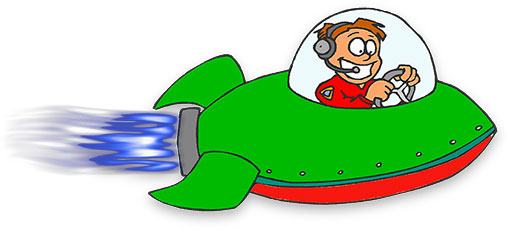 Then there are the speed freaks – as long as they can say it goes faster than yours, it’s the one for them. But to go fast in an aeroplane demands compromises – smaller cabins, so there’s less drag; landings are potentially faster, longer and trickier; and the airframe has to be stronger (read: heavier) to cope with rough air at higher speeds…reducing the load carrying capacity. As one famous old American flying ace commented: ‘Unless you’re going at least 50% faster than the others, after a very short time you won’t notice any difference’. And next month someone else will buy one just a bit faster.
Then there are the speed freaks – as long as they can say it goes faster than yours, it’s the one for them. But to go fast in an aeroplane demands compromises – smaller cabins, so there’s less drag; landings are potentially faster, longer and trickier; and the airframe has to be stronger (read: heavier) to cope with rough air at higher speeds…reducing the load carrying capacity. As one famous old American flying ace commented: ‘Unless you’re going at least 50% faster than the others, after a very short time you won’t notice any difference’. And next month someone else will buy one just a bit faster.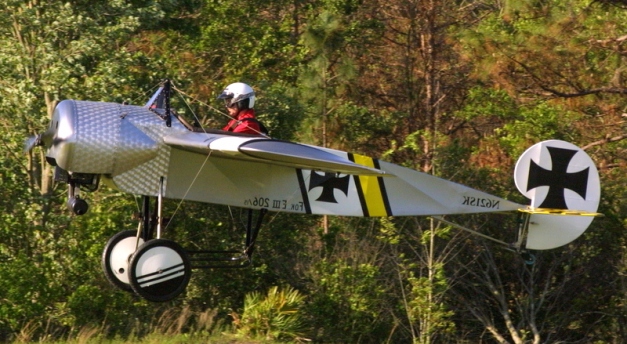 So an important thing to think about, when deciding which aircraft, is what’s best for you – and be realistic! How often will you really fly it? Will you usually take a passenger with you or fly alone? How far will you really go on a typical flight? Are you really going to fly round Australia in it, one day? Will the aircraft really carry the weight you need it to? Why is speed important? Is getting there 10 minutes quicker, probably using more fuel, really that important?
So an important thing to think about, when deciding which aircraft, is what’s best for you – and be realistic! How often will you really fly it? Will you usually take a passenger with you or fly alone? How far will you really go on a typical flight? Are you really going to fly round Australia in it, one day? Will the aircraft really carry the weight you need it to? Why is speed important? Is getting there 10 minutes quicker, probably using more fuel, really that important? Next, secondary safety. This ranges from the simple – eg how many bits stick out in the cabin to injure you during anything, from just getting into the aircraft, to a full-blown crash – to the complex – how the airframe will protect you (or not) if you hit something or end up inverted in a field.
Next, secondary safety. This ranges from the simple – eg how many bits stick out in the cabin to injure you during anything, from just getting into the aircraft, to a full-blown crash – to the complex – how the airframe will protect you (or not) if you hit something or end up inverted in a field.

 Metal is well known to have excellent impact absorbing qualities; initially it bends rather than breaks and structures can be designed to reduce the G-forces acting during a crash. A common reaction from people who’ve experienced an accident in a metal airframe aircraft is ‘it all seemed so gentle, I just couldn’t believe the aircraft was a write off when I got out and looked at it’. That’s because the airframe did its job. However, if there’s corrosion in the airframe, it may not do its protecting job properly.
Metal is well known to have excellent impact absorbing qualities; initially it bends rather than breaks and structures can be designed to reduce the G-forces acting during a crash. A common reaction from people who’ve experienced an accident in a metal airframe aircraft is ‘it all seemed so gentle, I just couldn’t believe the aircraft was a write off when I got out and looked at it’. That’s because the airframe did its job. However, if there’s corrosion in the airframe, it may not do its protecting job properly. Wood is used much less in LSAs nowadays, although at least one of the most famous World War Two aircraft – the De Havilland Mosquito – had a wooden airframe. A well designed and built wooden aircraft should have good impact absorption although in some higher energy crashes, wood will break suddenly as it doesn’t bend as much as metal. It also depends how much of the airframe is glued, pegged or screwed together – believe it or not, a well-glued wooden airframe is stronger than one screwed together.
Wood is used much less in LSAs nowadays, although at least one of the most famous World War Two aircraft – the De Havilland Mosquito – had a wooden airframe. A well designed and built wooden aircraft should have good impact absorption although in some higher energy crashes, wood will break suddenly as it doesn’t bend as much as metal. It also depends how much of the airframe is glued, pegged or screwed together – believe it or not, a well-glued wooden airframe is stronger than one screwed together. omposites are used extensively in LSAs. Some manufacturers will tell you their aircraft are ‘carbon fibre’ but in most cases – because of the sheer expense – this is used very sparingly only in high-stress areas. Most composite aircraft are mainly or wholly some sort of glass-fibre. As boat builders will tell you, getting consistent results when manufacturing with glass-fibre is a notoriously difficult process. As a result, the empty weights of the same model of LSA can vary substantially (
omposites are used extensively in LSAs. Some manufacturers will tell you their aircraft are ‘carbon fibre’ but in most cases – because of the sheer expense – this is used very sparingly only in high-stress areas. Most composite aircraft are mainly or wholly some sort of glass-fibre. As boat builders will tell you, getting consistent results when manufacturing with glass-fibre is a notoriously difficult process. As a result, the empty weights of the same model of LSA can vary substantially (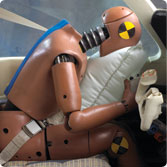
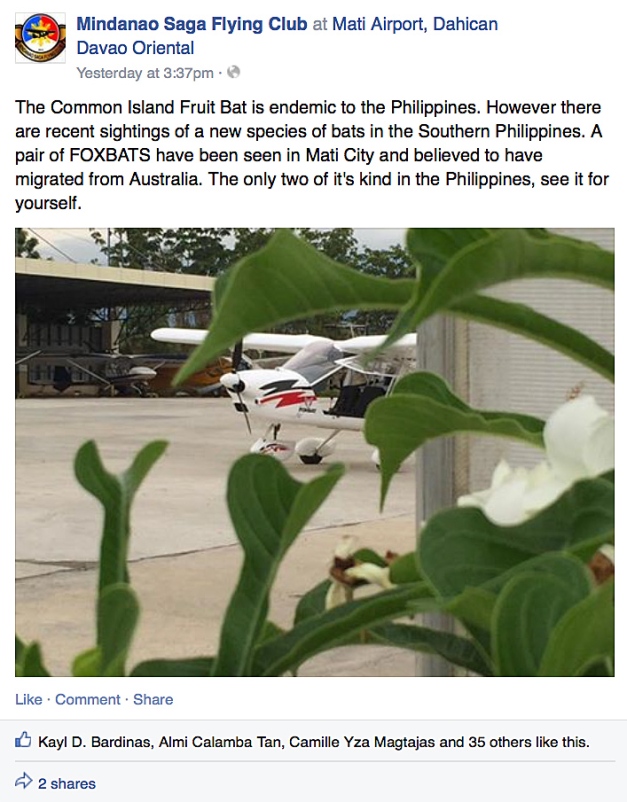
 Probably the single most important factor in choosing an aircraft is safety – and it’s usually the most overlooked and under-rated aspect of an LSA.
Probably the single most important factor in choosing an aircraft is safety – and it’s usually the most overlooked and under-rated aspect of an LSA. But first – ergonomics
But first – ergonomics This can lead to bent or even collapsed nose legs. So some aircraft designers have stuck with (or even reverted to) castering nose wheels, steered by main wheel differential braking – either by feet or hands. This gives slightly trickier ground handling especially when it’s windy but reduces the chances of bent gear when landing cross wind. Castering nose wheels usually have a smaller turning circle than direct steering, a particular advantage when back-tracking and turning on narrow runways. There are advocates of both systems – try both and take your choice.
This can lead to bent or even collapsed nose legs. So some aircraft designers have stuck with (or even reverted to) castering nose wheels, steered by main wheel differential braking – either by feet or hands. This gives slightly trickier ground handling especially when it’s windy but reduces the chances of bent gear when landing cross wind. Castering nose wheels usually have a smaller turning circle than direct steering, a particular advantage when back-tracking and turning on narrow runways. There are advocates of both systems – try both and take your choice. What about the stalling characteristics? Most LSAs stall very benignly, the nose goes down gently and rarely does a wing drop – something caused when one wing loses lift before the other, for a variety of reasons, but usually because the aircraft is being flown out of balance, with the slip ball not centred. Stalling with a wing drop is most dangerous when making that low-level turn onto final approach before landing. There are a few aircraft which can bite unexpectedly when stalled – if you are an experienced pilot and aware of what’s happening, prompt action can save you. But if the characteristic is particularly vicious and/or you are a low-time pilot, the chances are you won’t survive a finals turn stall with a wing drop. Check this aspect of the aircraft with someone familiar with the type and maybe even ask an instructor to take you up high and try stalling in turns.
What about the stalling characteristics? Most LSAs stall very benignly, the nose goes down gently and rarely does a wing drop – something caused when one wing loses lift before the other, for a variety of reasons, but usually because the aircraft is being flown out of balance, with the slip ball not centred. Stalling with a wing drop is most dangerous when making that low-level turn onto final approach before landing. There are a few aircraft which can bite unexpectedly when stalled – if you are an experienced pilot and aware of what’s happening, prompt action can save you. But if the characteristic is particularly vicious and/or you are a low-time pilot, the chances are you won’t survive a finals turn stall with a wing drop. Check this aspect of the aircraft with someone familiar with the type and maybe even ask an instructor to take you up high and try stalling in turns.
